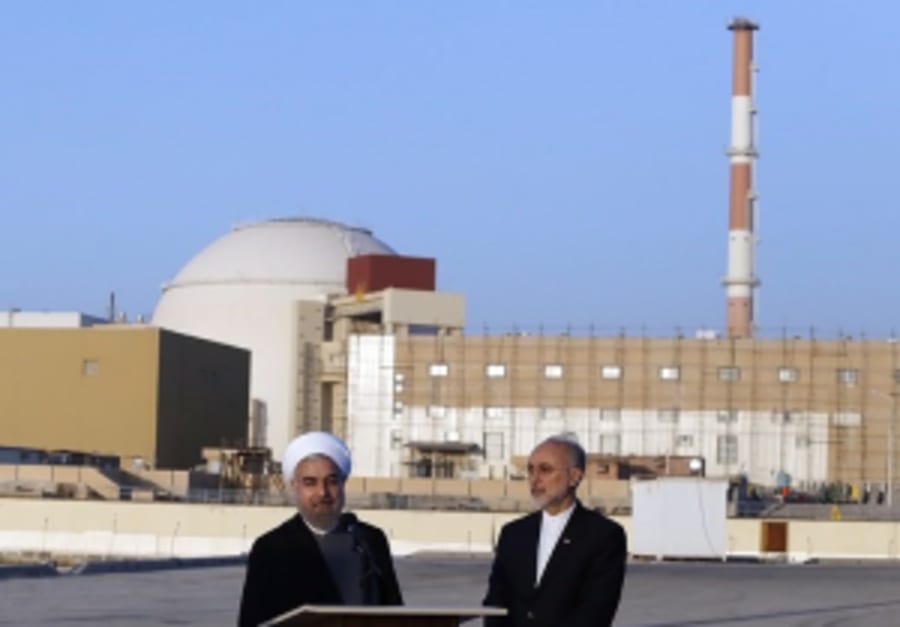Not a new idea – Past attempts to resettle Gaza’s population were met with mixed success
Israel carried out several plans to evacuate Gazans from the cramped enclave

With the world shocked, enthusiastic, or outraged at U.S. President Donald Trump’s idea to take over the Gaza Strip and relocate its population, it is worth recounting the recent history of the area and the previous attempts to solve the Gaza problem through resettlement – which brought mixed success.
The problem began in 1948, during Israel’s War of Independence, a recent video by Kan News explained.
When the newly created Israel Defense Forces (IDF) pushed the invading Egyptian army back south, a flood of some 200,000 refugees fled ahead of it.
The IDF’s advance was halted at the northern end of what became the Gaza Strip, and the refugees settled there, creating a small, overpopulated enclave that was never intended to function as an independent entity but posed a continuous security threat at Israel’s southern border.
Following the war, during negotiations at the Lausanne Conference of 1949, Israel offered to receive 100,000 Palestinian refugees and settle them within Israel on the condition that it would annex the Gaza Strip, but negotiations were unsuccessful and the Gaza Strip remained under Egyptian rule.
In 1956, as part of the Suez Crisis (dubbed Operation Kadesh in Hebrew), Israel captured and held the Sinai Peninsula, including Gaza, for four months.
Many plans were discussed and the government even approved the construction of the first settlement in Rafah, until Israel decided on its first Gaza withdrawal following heavy international pressure.
Ten years later, Israel captured the Strip once again, during the Six-Day War of 1967. The Israeli government started a pilot project, attempting to convince Gazans to relocate to Jordan by offering them money. This project was not successful.
Over the following decades, the Gaza Strip remained under Israeli governance. According to documents recently revealed by Kan News, the government, at the time, followed an unofficial policy of promoting voluntary emigration, including by intentionally keeping living standards low.
Despite this, only some 5,000 Gazans left the enclave.
The largest successful transfer of the population from Gaza came in 1971. At the time, there was a sharp increase in terror attacks emanating from the area, especially from the cramped refugee camps in Jabaliya and Shati.
Then-IDF Southern Command Chief Ariel Sharon ordered a large-scale counterterror operation, relocating approximately 10,000 people to El-Arish in the northern Sinai Peninsula, which was under Israeli control at the time.
This, indeed, led to a sharp decline in the number of terror attacks – from over 400 to just several dozen a year, according to Ynet News.
However, the area became a terror hotbed once again. Then-Israeli Prime Minister Menachem Begin reportedly offered the Gaza Strip to Egypt as part of the peace negotiations in 1979 but was flatly refused.
Several years later, the Hamas terror organization emerged amid the violence of the First Intifada in 1987, deciding the course of the region for the coming decades.
Hamas violently took control over Gaza in 2007, ruling it until the Oct. 7, 2023 massacre probably sealed its fate and gave rise to the latest plan to evacuate its citizens – only this time, it is supported by one of the most powerful men in the world.

The All Israel News Staff is a team of journalists in Israel.
You might also like to read this:















